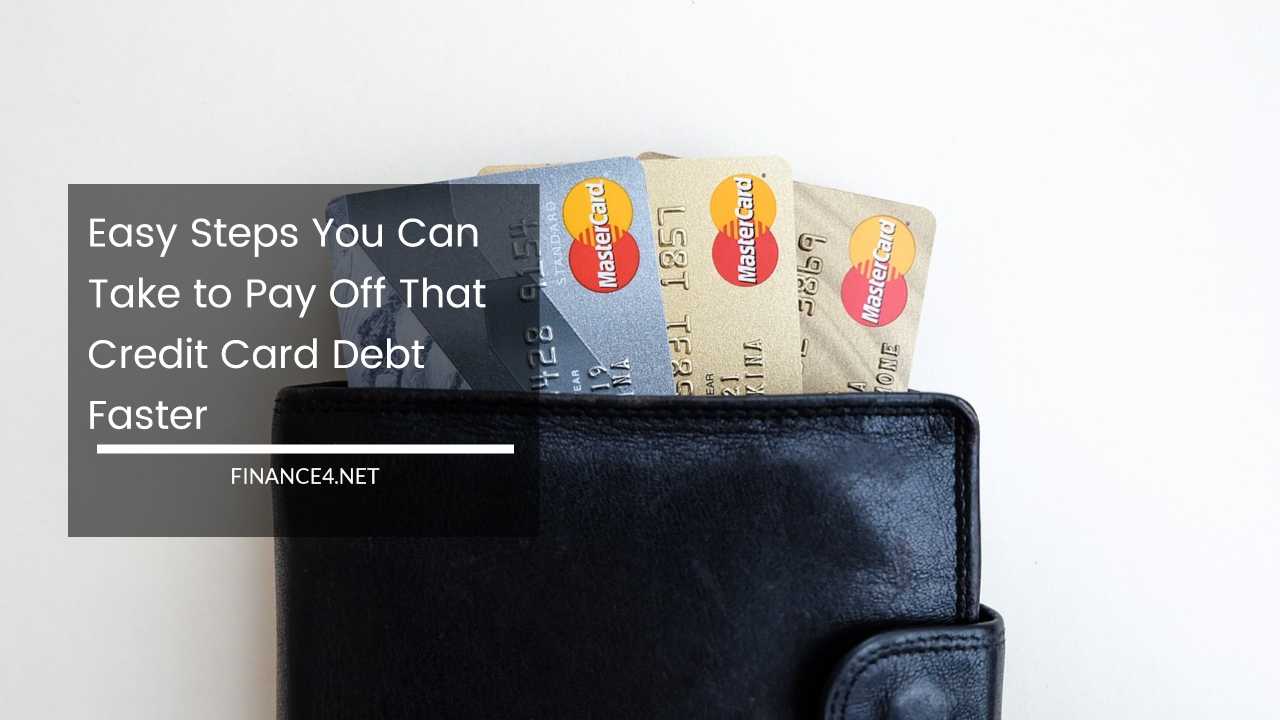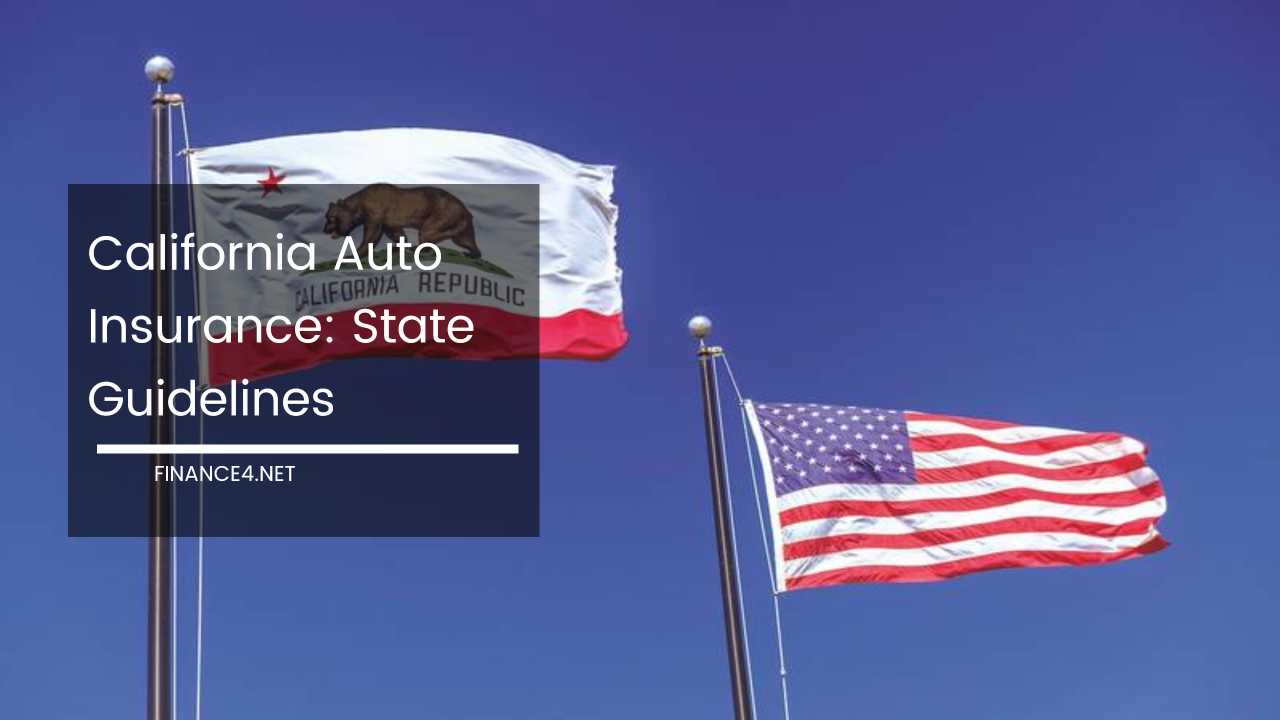Easy Steps You Can Take to Pay Off That Credit Card Debt Faster

Easy Steps You Can Take to Pay Off That Credit Card Debt Faster
Credit card debt can feel like a suffocating weight on your shoulders. High interest rates and minimum payments that barely cover the accruing charges can make it seem like you’re trapped in a never-ending cycle.
But don’t lose hope! With a clear plan, some dedication, and a few smart strategies, you can conquer your credit card debt and achieve financial freedom.
This article will equip you with a toolbox of easy-to-implement steps to help you pay off your credit card debt faster.
1. Face the Debt Monster Head-On: Knowledge is Power
The first step to tackling any problem is acknowledging it. Gather all your credit card statements and face the music. Make a list of each card, its outstanding balance, and its Annual Percentage Rate (APR).
This will give you a clear picture of the size and urgency of your debt situation. Don’t be intimidated by the numbers – knowledge is power. Once you understand your debt landscape, you can create a targeted plan to conquer it.
2. Craft a Personalized Debt Repayment Strategy: Avalanche vs. Snowball
Now that you have a solid understanding of your debt, it’s time to formulate a personalized repayment strategy. There are two main approaches to prioritize your debt payments: the avalanche method and the snowball method.
-
Avalanche Method (The Interest Slayer): This strategy prioritizes paying off the debt with the highest interest rate first. While the initial progress might feel slower because you’re tackling the larger balances later, you’ll save a significant amount of money in interest charges overall. Imagine using the avalanche to bury the monster of interest, freeing up more money to pay down the remaining debt faster.
-
Snowball Method (The Motivational Master): This strategy focuses on paying off the debt with the smallest balance first. Seeing those smaller debts disappear quickly can be a great motivator and help you stay on track with your plan. This method is like throwing multiple snowballs at the debt monster, gaining momentum and confidence with each smaller victory.
Choosing Your Weapon: The best approach depends on your financial situation and personality. If you’re highly motivated by saving money and are disciplined with your finances, the avalanche method might be ideal. However, if you need quick wins to stay motivated, the snowball method could be more effective.
3. Make Every Payment Count: Break Free from the Minimum Trap
This might seem like a no-brainer, but it’s crucial. The minimum payment only covers a small portion of your debt, with most going towards interest charges. It’s like throwing a pebble at a mountain – it barely makes a dent.
To make a real impact, you need to pay more than the minimum every month. Even a small increase in your payments can significantly reduce your debt repayment timeline and save you money in the long run.
4. Unleash Your Inner Frugal Superhero: Finding Extra Cash
Conquering debt requires a bit of financial heroism. Here are some creative ways to find extra cash to throw at your debt monster:
-
Become a Budget Ninja: Review your expenses and identify areas where you can cut back. Can you brown-bag your lunch a few times a week instead of eating out? Explore cheaper entertainment options? Every dollar saved is a dollar you can put towards your debt.
-
Embrace the Side Hustle: There are many ways to earn extra income, from freelancing your skills online to selling unwanted items through a garage sale or online marketplaces.
-
Renegotiate Your Bills: Don’t be afraid to call your cable or internet provider and negotiate a better rate. You might be surprised what you can save!
-
Declutter and De-fluff: Do you have clothes you no longer wear, electronics gathering dust, or unused furniture taking up space? Sell them online or at a local consignment shop. Turn your clutter into cash for your debt-fighting mission.
5. Wield the Balance Transfer Card (But Use It Wisely): A Temporary Truce
Balance transfer cards offer a 0% interest rate for an introductory period, typically ranging from 12 to 18 months.
This can be a powerful tool in your debt-fighting arsenal, allowing you to save on interest charges while you focus on paying down your debt. However, treat this card like a temporary truce – a chance to gain some ground on your debt. Here’s why caution is key:
-
Balance Transfer Fees: Be aware of any balance transfer fees associated with the card. These can range from 1% to 5% of the transferred balance and can negate some of the benefits of the 0% interest rate.
-
The Ticking Clock: The introductory 0% interest period eventually ends. Ensure you can pay off the balance before the regular interest rate kicks in. Otherwise, you could end up with a higher interest rate than you started with, making your debt situation worse.
6. Debt Consolidation: A United Front Against Debt
Debt consolidation involves taking out a loan to pay off your existing credit card debt. This can simplify your monthly payments by combining them into one payment and potentially secure a lower interest rate. However, wield this tool strategically:
-
Compare Loan Offers: Don’t jump at the first offer you receive. Shop around and compare interest rates, loan terms, and any origination fees associated with the loan.
-
Don’t Dig a Deeper Hole: Ensure the new loan terms are truly favorable. You don’t want to consolidate your debt into a loan with a higher interest rate, extending your repayment timeline.
7. Automate Your Payments: Set It and Forget It (Almost)
Life can get busy, and missing a credit card payment can derail your progress and incur costly late fees. To avoid this pitfall, set up automatic payments to ensure your minimum payment is always made on time. However, remember, automation is just one tool – you should still strive to pay more than the minimum whenever possible.
8. The Negotiation Gambit: Don’t Be Afraid to Ask!
Many people don’t realize this, but credit card issuers often have some flexibility, especially for customers facing financial hardship. Don’t be afraid to contact your credit card issuer and explain your situation. A polite and honest conversation could lead to benefits such as:
-
Lower Interest Rate: Sometimes, creditors are willing to lower your interest rate to keep you as a customer and encourage you to stay current on your payments.
-
Hardship Program: If you’re facing a temporary financial setback, your credit card issuer might offer a hardship program. This could involve reduced minimum payments or a temporary suspension of interest charges.
9. Celebrate Milestones and Track Your Progress: Stay Motivated!
The journey to becoming debt-free can be long, and there will be moments when you feel discouraged. To stay motivated, it’s crucial to celebrate your milestones, big or small. Every dollar you pay towards your debt is a victory.
Track your progress using a spreadsheet, budgeting app, or a simple chart. Seeing the debt decrease visually can be a powerful motivator to keep going.
10. Avoid the Revolving Credit Card Door: Live Within Your Means
While you’re battling your credit card debt, it’s essential to resist the urge to take on new debt. Cut up unused credit cards and unsubscribe from tempting marketing emails. Focus on living within your means and developing healthy spending habits. Here are some additional tips to help you avoid the revolving credit card door:
-
Create a Budget and Stick to It: Develop a realistic budget that allocates your income towards essential expenses, savings goals, and debt repayment. Track your spending and adjust your budget as needed.
-
Prioritize Needs Over Wants: Learn to differentiate between needs and wants. Focus on spending on necessities like housing, food, and transportation. Curb unnecessary spending on impulse purchases and dining out excessively.
-
Embrace Delayed Gratification: Don’t fall into the trap of instant gratification. If you see something you want, wait a while before making the purchase. Ask yourself if it’s a need or a want, and if you can truly afford it within your budget.
Bonus Tip: Knowledge is Your Ultimate Weapon: Empower Yourself Financially
Financial literacy is a powerful tool in your fight against debt. Here are some ways to empower yourself financially:
-
Educate Yourself: There are numerous resources available online and in libraries to help you learn about personal finance, responsible credit card use, and strategies for managing debt.
-
Seek Professional Help: If you’re struggling to manage your debt on your own, consider talking to a credit counselor or financial advisor. They can provide personalized guidance, budgeting advice, and help you explore debt relief options.
Remember: The road to becoming debt-free is a marathon, not a sprint. By following these steps, staying committed to your plan, and wielding the right tools, you can conquer your credit card debt and achieve financial freedom. You’ve got this!



